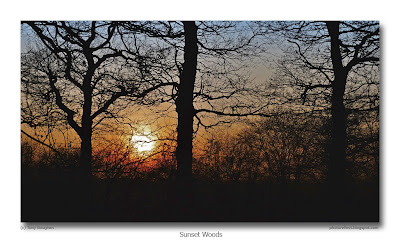 click photo to enlarge
click photo to enlargeWhen I lived in the north west of England woodland was not hard to find. Deciduous woodland was common on the slopes of the Pennines, most of it the result of planting, and today managed for timber or shooting to a greater or lesser extent. However, there was some vestigial woodland, a natural continuation of that which grew there thousands of years ago. On the uplands conifer plantations were fairly common on thin, acidic soil, dense green swathes of woodland with brown scars where felling or new planting was taking place. Where I live now, in Lincolnshire, there is significantly less woodland, and what there is is largely the result of deliberate planting. On the Fens trees are most common around villages, and around farms as wind-breaks, with the odd plantation and copse to be found among the vegetable and cereal fields. However, if one goes on to the low hills or the higher Wolds of the county you find that woodland established for timber or sporting reasons is fairly common.
Todays' photograph shows a view at the edge of a small wood near Aswarby, Lincolnshire. On the particular estate where these trees grow there is a sawmill, and timber is cropped for the wood it produces. But, pheasant are a lucrative crop in this area too, and the woods are dotted with the pens and feeders that support the rearing of this "game bird". I took this shot towards sunset, and deliberately chose these three trees to be in the image. It would have been perfectly easy to have included a lot of trees, but I felt the composition and the imapct of the shot would be better served by a small number. Incidentally, this is another photograph taken with the 16:9 aspect ratio of the LX3, a format that I particularly like for landscapes.
photograph & text (c) T. Boughen
Camera: Lumix LX3
Mode: Aperture Priority
Focal Length: 10.2mm (48mm/35mm equiv.)
F No: f6.3
Shutter Speed: 1/1000
ISO: 80
Exposure Compensation: -1.0 EV
Image Stabilisation: On